England is home to some of the world’s best museums. These cultural hubs offer a mix of history, art, and innovation.
Explore England’s museums and discover a treasure trove of knowledge. From ancient artifacts to modern masterpieces, these museums have it all. They cater to all interests, whether you’re passionate about art, history, science, or technology. You can wander through centuries-old exhibits or marvel at contemporary installations.
England’s museums are perfect for solo visitors, families, and school trips alike. They are not just places to see; they are places to experience and learn. Ready to dive into the best museums in England? Let’s explore the rich cultural tapestry that awaits inside their walls.
Top Museums In England
England is home to some of the most amazing museums. These places offer a rich tapestry of history, art, and culture. Whether you are a history buff or an art lover, you will find something to admire. The museums in England range from iconic institutions to hidden gems. This guide will help you explore the best museums in England.
Iconic Institutions
England boasts several world-renowned museums. These iconic institutions are a must-visit for anyone. Here are some of the top ones:
- The British Museum: Located in London, it is one of the oldest museums in the world. It houses over 8 million works.
- The Natural History Museum: Famous for its dinosaur skeletons. It also has a vast collection of animal and plant specimens.
- The National Gallery: Home to over 2,300 paintings. It showcases works from the mid-13th century to 1900.
- The Victoria and Albert Museum: Focuses on decorative arts and design. It has a collection of over 2.27 million objects.
These museums offer a window into the past and present. They provide an opportunity to learn and appreciate human creativity and history. Many of these museums offer free entry, making them accessible to all.
Hidden Gems
While the iconic institutions attract millions, some lesser-known museums are equally fascinating. These hidden gems offer unique experiences. Here are a few to consider:
- The Museum of Witchcraft and Magic: Located in Boscastle, Cornwall. It explores the history of witchcraft and magic.
- The Pitt Rivers Museum: Situated in Oxford. Known for its shrunken heads and ethnographic artifacts.
- The Postal Museum: Found in London. It tells the story of the postal service and includes a ride on the Mail Rail.
- The Museum of Brands: Also in London. Showcases the evolution of packaging and advertising over the decades.
These museums may not be as famous, but they offer rich and unique insights. They are perfect for those looking to explore something different. Visiting these hidden gems can be a rewarding experience.
British Museum
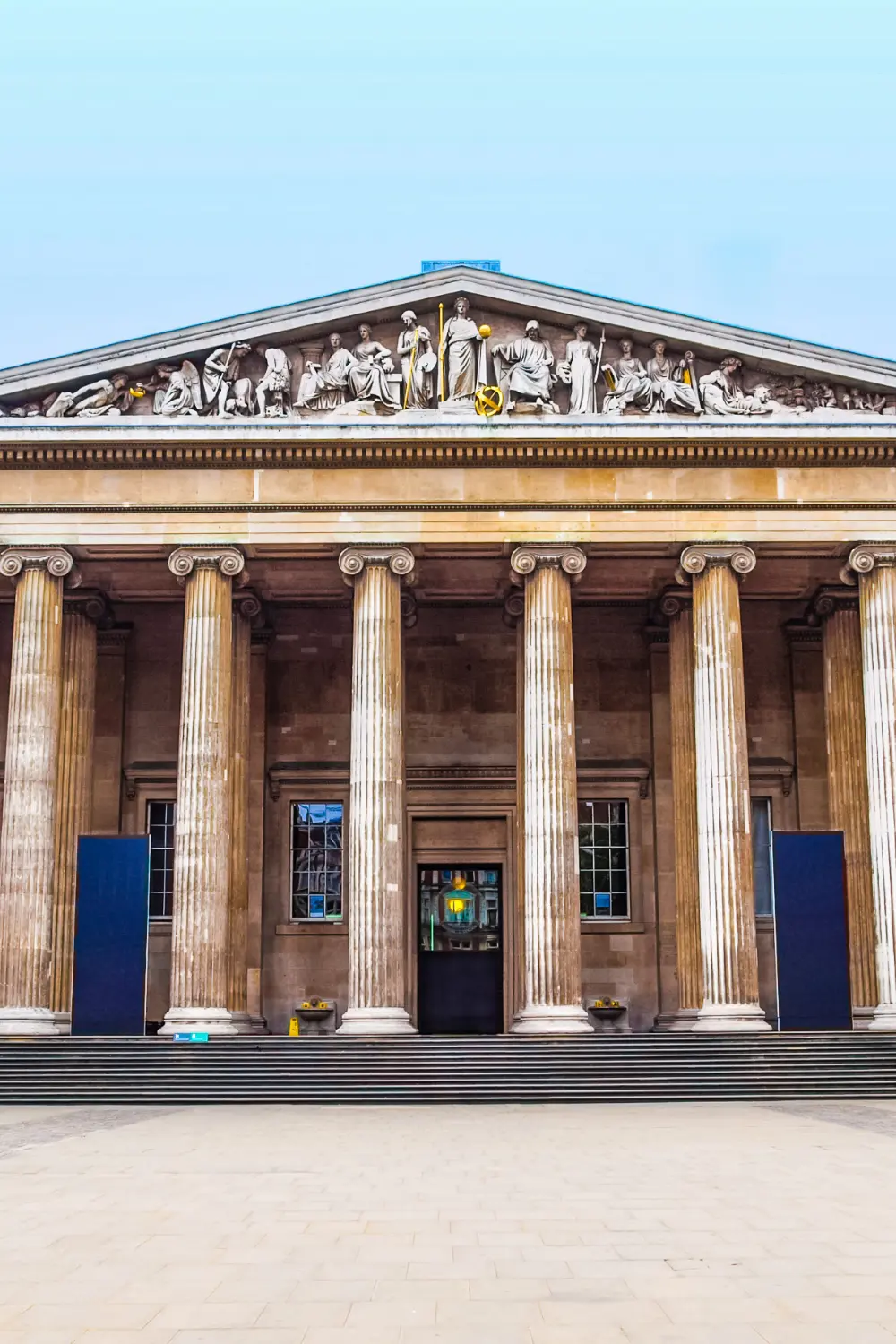
England is home to some of the world’s best museums. These museums hold vast collections of art, history, and culture. One of the most famous museums is the British Museum. Located in London, it attracts millions of visitors every year. The museum offers a glimpse into the past with its impressive displays.
Ancient Artifacts
The British Museum houses many ancient artifacts. These items come from different parts of the world. Some of the most famous pieces include:
- The Rosetta Stone, which helped decode Egyptian hieroglyphs.
- The Elgin Marbles, which are sculptures from the Parthenon in Greece.
- The Mummy of Katebet, an Egyptian mummy from the 18th Dynasty.
Each artifact tells a unique story. They help us understand ancient civilizations better. The museum also has a vast collection of coins, pottery, and tools. These items give insight into everyday life in ancient times. Visitors can spend hours exploring these treasures.
Cultural Significance
The British Museum is not just about ancient artifacts. It plays a key role in preserving cultural heritage. The museum provides educational programs for all ages. These programs include guided tours, workshops, and lectures. They help people learn about history and culture in an engaging way.
Moreover, the museum collaborates with institutions around the world. This helps in the exchange of knowledge and resources. The British Museum also hosts special exhibitions. These exhibitions focus on different themes and periods. They offer a fresh perspective on history and art.
By visiting the British Museum, one can appreciate the diversity of human culture. It is a place where the past meets the present. It inspires curiosity and learning. This makes the British Museum a must-visit destination in England.
Natural History Museum
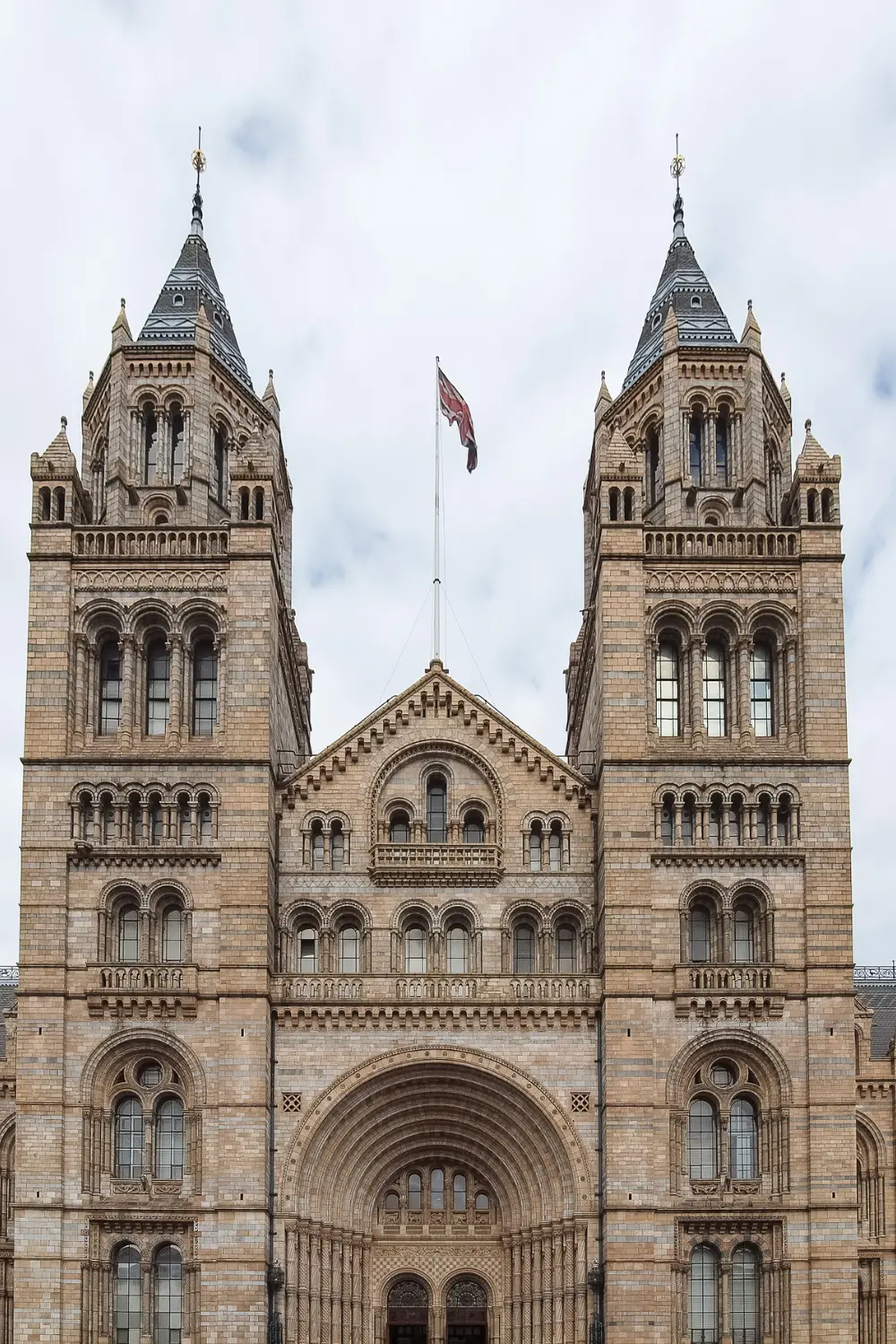
England is home to some of the most fascinating museums in the world. One of the most popular is the Natural History Museum in London. This museum is a treasure trove of knowledge and wonder. It offers an exciting journey through the history of our planet. From dinosaur skeletons to interactive displays, there is something for everyone to enjoy.
Dinosaur Exhibits
The Dinosaur Exhibits at the Natural History Museum are a major attraction. These exhibits feature life-sized dinosaur skeletons. They allow visitors to get up close and personal with these ancient creatures. Some of the highlights include:
- Tyrannosaurus Rex: A giant, fearsome predator. One of the most famous dinosaurs.
- Triceratops: Known for its three horns and large frill. A remarkable herbivore.
- Stegosaurus: Recognizable by its row of bony plates. A unique creature.
Each skeleton is displayed in a way that shows the scale and power of these animals. Informative plaques explain the history and lifestyle of each species. This makes the exhibit both educational and awe-inspiring.
There are also detailed fossil displays. These fossils show the different stages of dinosaur development. They provide a deeper understanding of how these creatures lived and evolved. The Dinosaur Exhibits are a must-see for anyone visiting the museum.
Interactive Displays
The Natural History Museum offers many interactive displays. These displays engage visitors and make learning fun. One of the highlights is the earthquake simulator. It allows visitors to feel the power of an earthquake in a safe environment. This experience helps to understand the impact of natural disasters.
Another popular interactive display is the human biology section. Here, visitors can learn about the human body. There are activities that show how our organs work. This hands-on approach makes complex topics easier to understand.
The museum also has touch screens and videos throughout the exhibits. These features provide more information in an engaging way. They help to keep visitors of all ages interested and involved. The interactive displays are a great way to make learning exciting for everyone.
Tate Modern

England is home to many incredible museums. Each offers unique experiences. Among them, Tate Modern stands out. Located in London, it is a must-visit. It showcases modern and contemporary art. This museum attracts millions of visitors each year. Let’s explore what makes Tate Modern special.
Contemporary Art
Tate Modern is known for its impressive collection of contemporary art. The museum features works from the 20th century to today. Visitors can see pieces from famous artists like Pablo Picasso, Andy Warhol, and Damien Hirst.
Several galleries are dedicated to different themes. These include abstract art, pop art, and minimalism. Each gallery offers a unique perspective. This makes the visit interesting and varied. Moreover, the museum frequently updates its exhibitions. This means there is always something new to discover.
Visitors can also enjoy special exhibitions. These showcase the work of a single artist or a specific theme. Such exhibitions often attract art lovers from around the world. Below are some highlights of the contemporary art collection:
- ‘The Marilyn Diptych’ by Andy Warhol – A striking piece that combines pop culture with fine art.
- ‘Weeping Woman’ by Pablo Picasso – A powerful portrayal of grief and suffering.
- ‘Mother and Child Divided’ by Damien Hirst – A controversial yet thought-provoking work.
Innovative Installations
One of the most exciting aspects of Tate Modern is its innovative installations. These installations often take up large spaces. They provide an immersive experience for visitors. The Turbine Hall is a prime example. This vast space hosts large-scale installations. These change periodically, offering new experiences each time.
These installations are created by leading contemporary artists. They often involve interactive elements. Visitors can walk through, touch, or even become part of the artwork. This creates a unique and engaging experience. Some notable installations include:
- ‘The Weather Project’ by Olafur Eliasson – A mesmerizing installation that simulates the sun and sky.
- ‘Test Site’ by Carsten Höller – A thrilling series of slides that allow visitors to slide through the museum.
- ‘Shibboleth’ by Doris Salcedo – A powerful crack in the floor that symbolizes division and separation.
These installations often spark conversation and reflection. They challenge traditional concepts of art. They also offer a unique way to engage with the museum’s space. Overall, they make Tate Modern a dynamic and ever-changing destination.
Victoria And Albert Museum
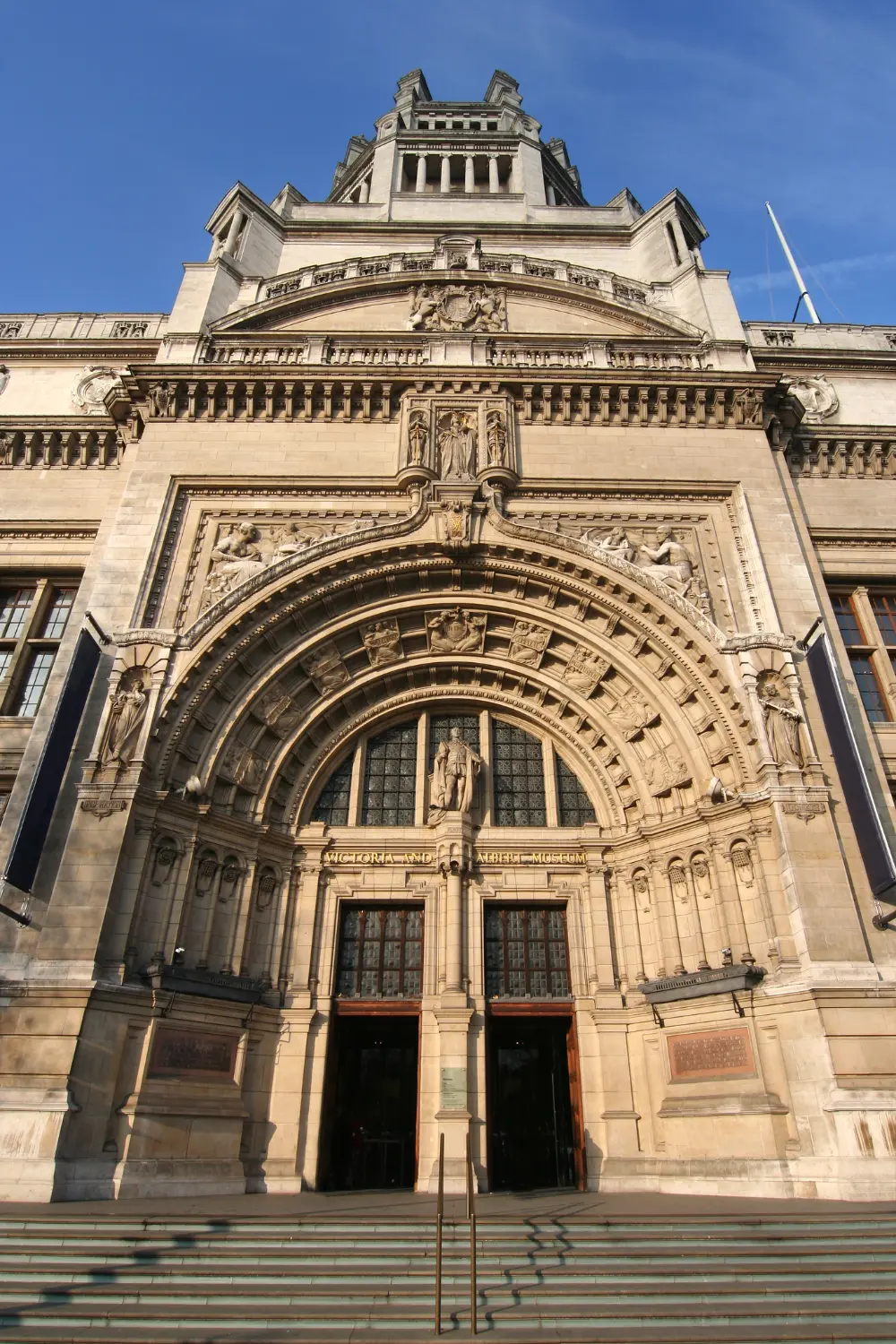
England is home to some of the best museums in the world. One such gem is the Victoria and Albert Museum. Known for its vast collection, it is a must-visit for art and history lovers. Located in London, this museum showcases a diverse range of exhibits. From ancient artifacts to modern art, there is something for everyone. Let’s explore some of the highlights of the Victoria and Albert Museum.
Fashion And Design
The Victoria and Albert Museum is renowned for its fashion and design collections. It houses an extensive array of garments from various eras. Visitors can see clothing from the 18th century to contemporary designs. The collection includes pieces from famous designers such as Christian Dior and Alexander McQueen.
Highlights of the fashion collection:
- 18th-century gowns
- Victorian-era dresses
- Modern haute couture
- Historical accessories
- Textiles from around the world
These exhibits offer a glimpse into the evolution of fashion. Each piece tells a unique story. The intricate details and craftsmanship are awe-inspiring. The museum also hosts special exhibitions. These feature the works of contemporary designers. For fashion enthusiasts, this section is a true delight.
Decorative Arts
The decorative arts collection is another highlight of the Victoria and Albert Museum. It includes a wide range of objects. From ceramics to furniture, this collection is vast. Visitors can see items from different cultures and time periods.
Notable items in the decorative arts collection:
- Chinese porcelain
- Medieval tapestries
- European furniture
- Islamic art
- Renaissance sculptures
Each item showcases exceptional artistry. The collection spans centuries of human creativity. The museum displays these objects in beautifully curated galleries. It is a visual treat for art lovers. The intricate designs and patterns are mesmerizing.
Visitors can learn about different artistic techniques. The museum also offers educational programs. These help visitors appreciate the history and significance of decorative arts. The Victoria and Albert Museum is truly a treasure trove of artistic wonders.
Science Museum
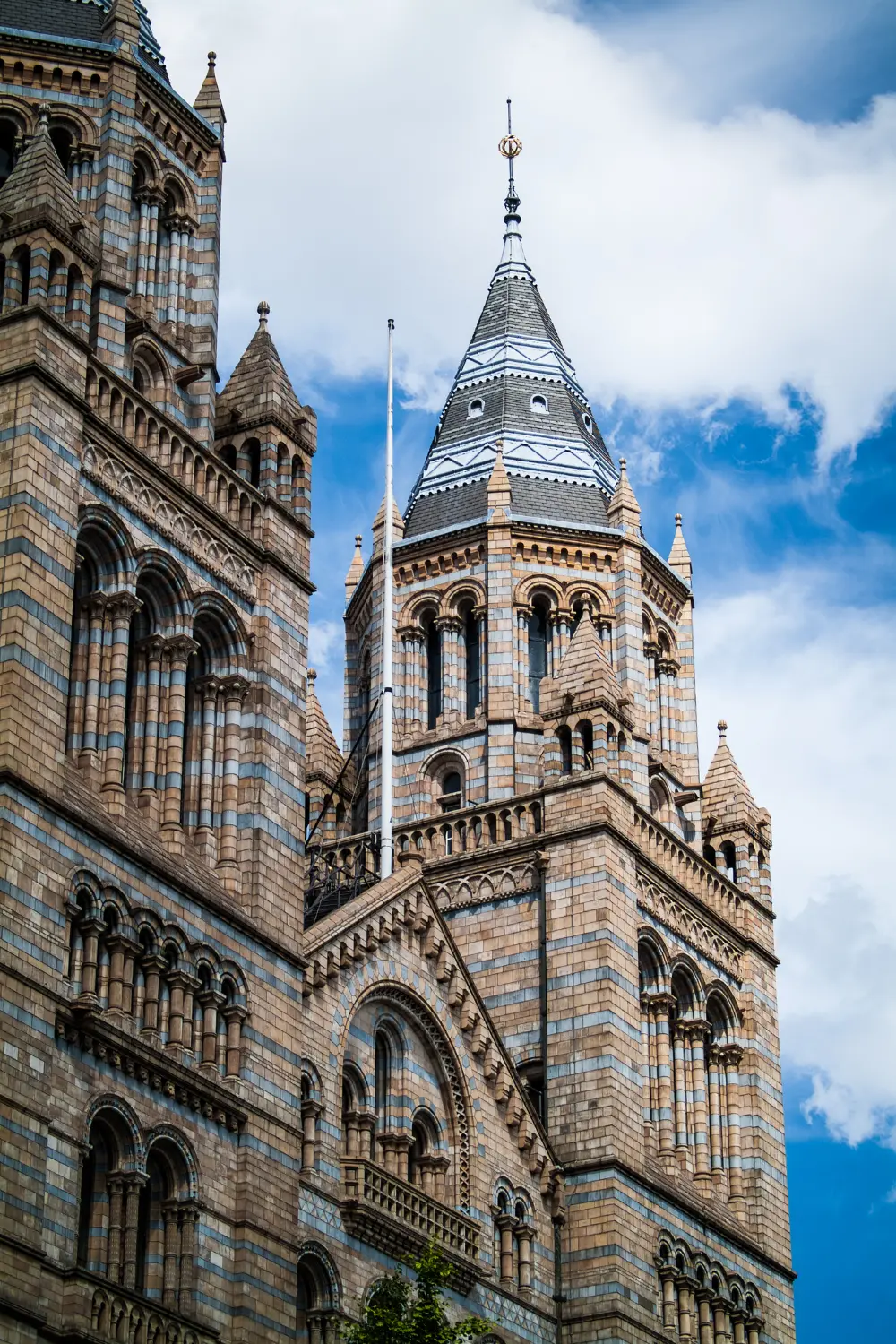
The Science Museum in England is a must-visit for anyone interested in science and technology. It’s located in London and offers a wide range of exhibits. These exhibits cover various scientific fields, from biology to space exploration. Visitors can explore the wonders of science through interactive displays and fascinating artifacts. It’s a place where learning is fun, and curiosity is encouraged. Let’s dive into some of the key features of this amazing museum.
Technological Advancements
The Science Museum showcases many technological advancements that have shaped our world. One of the highlights is the collection of historic inventions. These include early computers, steam engines, and medical devices. Each exhibit tells a story of human ingenuity and progress.
Key exhibits include:
- The first computer, built by Charles Babbage.
- James Watt’s steam engine, a marvel of engineering.
- Early X-ray machines used in medicine.
Additionally, the museum features modern technology. Visitors can see the latest advancements in robotics, artificial intelligence, and space exploration. These exhibits show how far we have come and hint at what the future may hold.
For those interested in the history of technology, the Science Museum provides a rich and detailed experience. It’s not just about the past; it’s about understanding the present and envisioning the future. This makes it a unique and valuable resource for anyone curious about the world around them.
Hands-on Experiences
One of the best parts of the Science Museum is the hands-on experiences. These interactive exhibits allow visitors to engage with science in a practical way. It’s not just about looking at displays; it’s about participating and learning through doing.
Some popular hands-on activities include:
- Operating a flight simulator and experiencing what it’s like to fly a plane.
- Creating electricity by pedaling a bicycle generator.
- Building and launching a model rocket.
The museum also offers workshops and demonstrations. These are designed for all ages and cover various scientific concepts. For example, children can learn about physics by building simple machines. Adults can explore more complex topics like renewable energy and climate change.
These hands-on experiences make the Science Museum a dynamic and engaging place. They help visitors understand science in a way that is both fun and educational. By interacting with the exhibits, people of all ages can develop a deeper appreciation for the wonders of science.
National Gallery
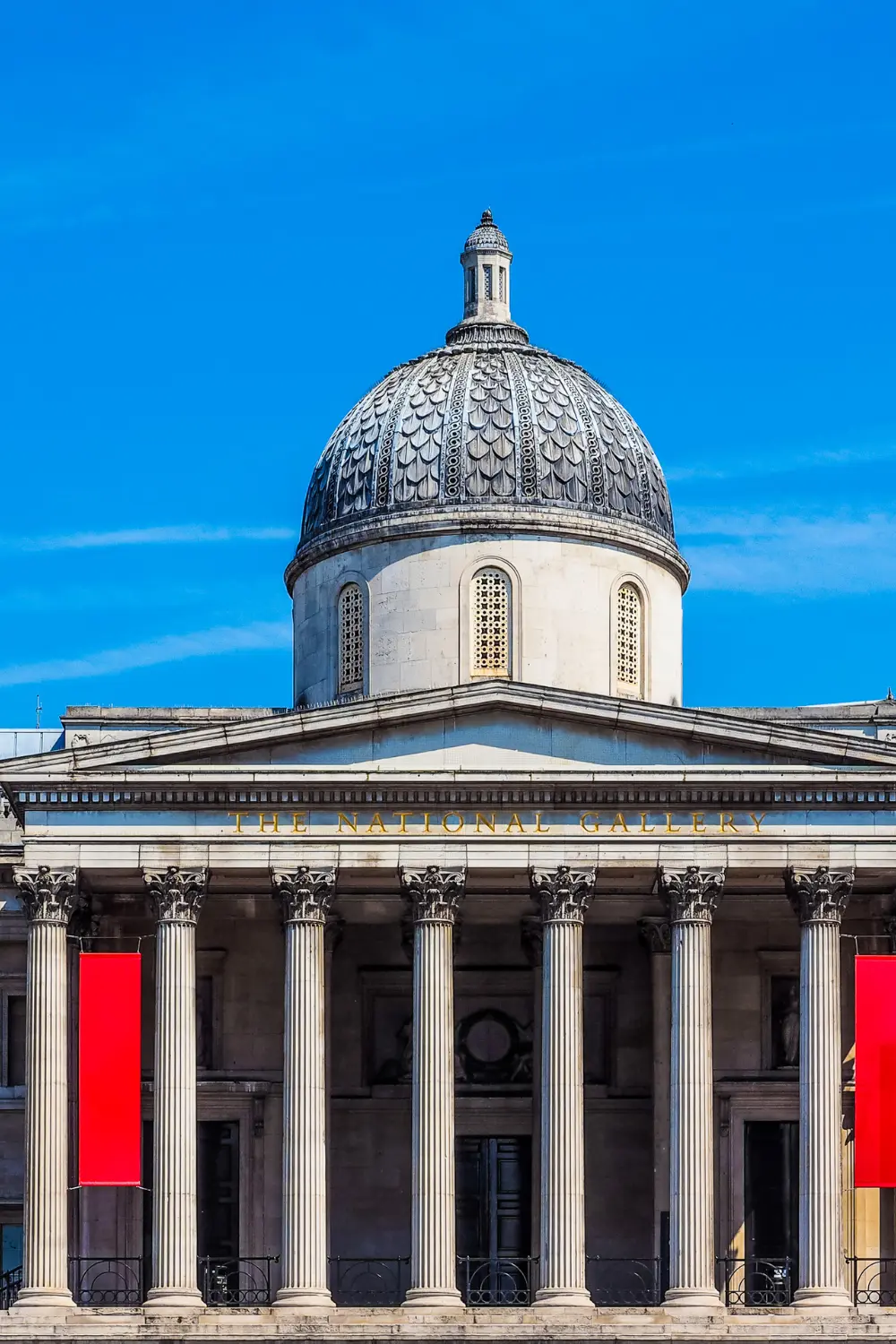
The best museums in England offer a rich experience of art, history, and culture. The National Gallery in London is one of the most famous. This museum houses an extensive collection of Western European paintings from the 13th to the 19th centuries. Visitors can enjoy masterpieces by world-renowned artists and learn about the evolution of art history. Whether you are an art lover or a casual visitor, the National Gallery has something to offer.
Masterpieces
The National Gallery is home to many masterpieces. Some of the most famous paintings include:
- “The Arnolfini Portrait” by Jan van Eyck – A remarkable example of Northern Renaissance art.
- “Sunflowers” by Vincent van Gogh – A vibrant and iconic piece by the Dutch artist.
- “The Fighting Temeraire” by J.M.W. Turner – A beautiful depiction of a ship’s final journey.
- “The Virgin of the Rocks” by Leonardo da Vinci – An exquisite example of the artist’s skill.
These paintings represent some of the best in art history. They showcase different styles and techniques. Visitors can see the evolution of artistic expression over centuries. The gallery’s collection offers a unique opportunity to explore the diversity of Western European art.
Art History
The National Gallery provides a comprehensive journey through art history. It covers various periods, including:
| Period | Characteristics | Examples |
|---|---|---|
| Renaissance | Realism, perspective, humanism | “The Arnolfini Portrait” |
| Baroque | Drama, movement, tension | “The Supper at Emmaus” by Caravaggio |
| Impressionism | Light, color, everyday scenes | “Bathers at Asnières” by Georges Seurat |
| Post-Impressionism | Emotion, symbolism, vibrant colors | “Sunflowers” by Vincent van Gogh |
Each period has its own unique style and themes. The gallery’s collection helps visitors understand how art has changed over time. It highlights the influence of historical events on artistic expression. The National Gallery is a valuable resource for anyone interested in the history of art.
Ashmolean Museum
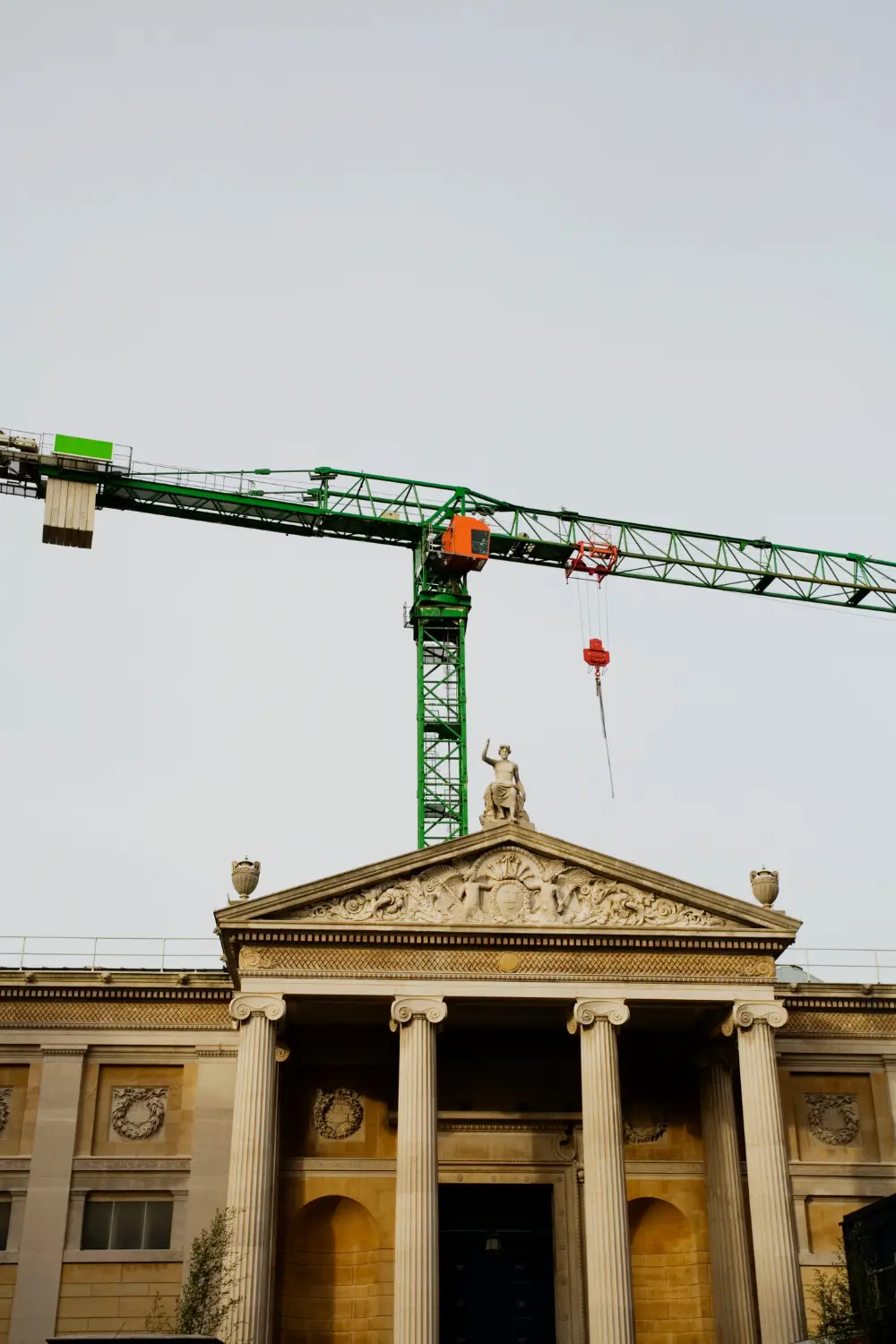
England is home to some of the finest museums in the world. Among these, the Ashmolean Museum stands out. Located in Oxford, it is the oldest public museum in the UK. The Ashmolean offers an incredible range of artifacts, art, and treasures. It is a place where history and culture come alive.
Global Collections
The Ashmolean Museum’s global collections are truly impressive. These collections come from all corners of the world. Visitors can explore art and artifacts from ancient Egypt, Greece, and Rome. There are also significant pieces from Asia, the Middle East, and Africa.
Some highlights include:
- Ancient Egyptian mummies and tomb artifacts
- Greek and Roman sculptures
- Chinese ceramics and jade
- Islamic art and manuscripts
Each collection tells a unique story. It offers a glimpse into the history and culture of different civilizations. The museum’s curators carefully preserve and display these items. This ensures visitors have an enriching and educational experience.
Historical Importance
The Ashmolean Museum holds great historical importance. Founded in 1683, it was the first university museum. Its creation marked a significant moment in the history of education and public access to knowledge. The museum was named after Elias Ashmole, who donated his collection to the University of Oxford.
Over the centuries, the Ashmolean has continued to grow. It has expanded its collections and its influence. The museum has been a leader in research and conservation. It also plays a key role in the academic community. Students and scholars from around the world come here to study its collections.
The Ashmolean’s commitment to education is evident. It offers various programs and workshops for all ages. These programs help to bring history and art to life. They make learning accessible and enjoyable for everyone.
Conclusion
Exploring the best museums in England offers rich history and culture. Each museum has unique stories and treasures. From art to science, there’s something for everyone. Visiting these museums can be a fun and educational experience. Plan your trip and dive into England’s fascinating past.
Enjoy the wonders that each museum holds. Happy exploring!

